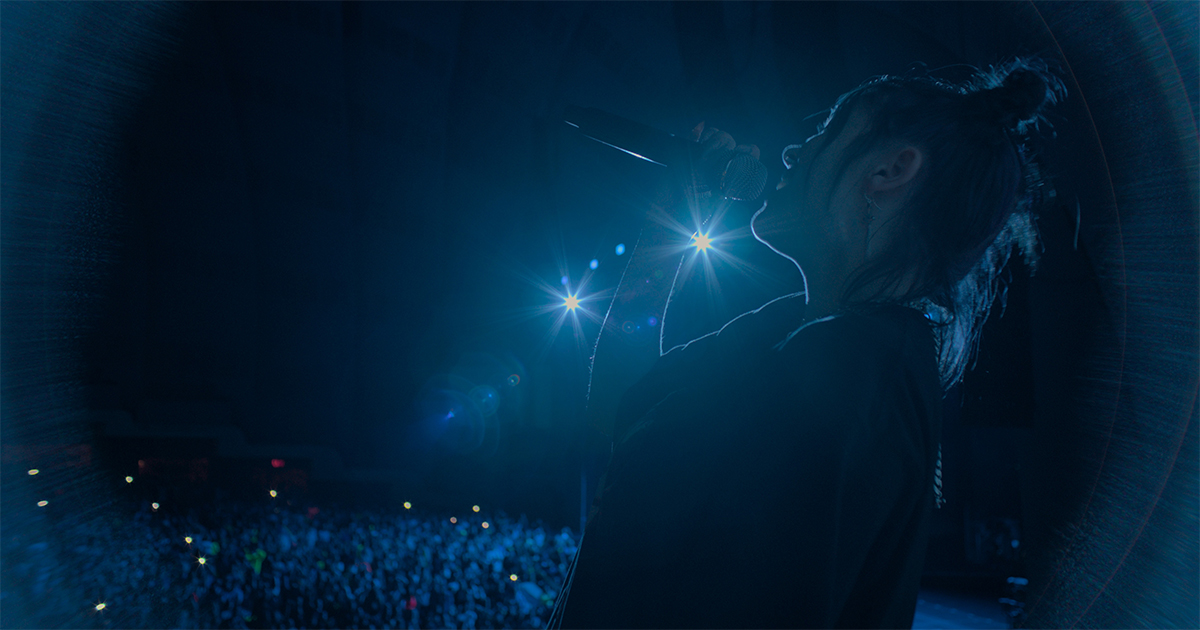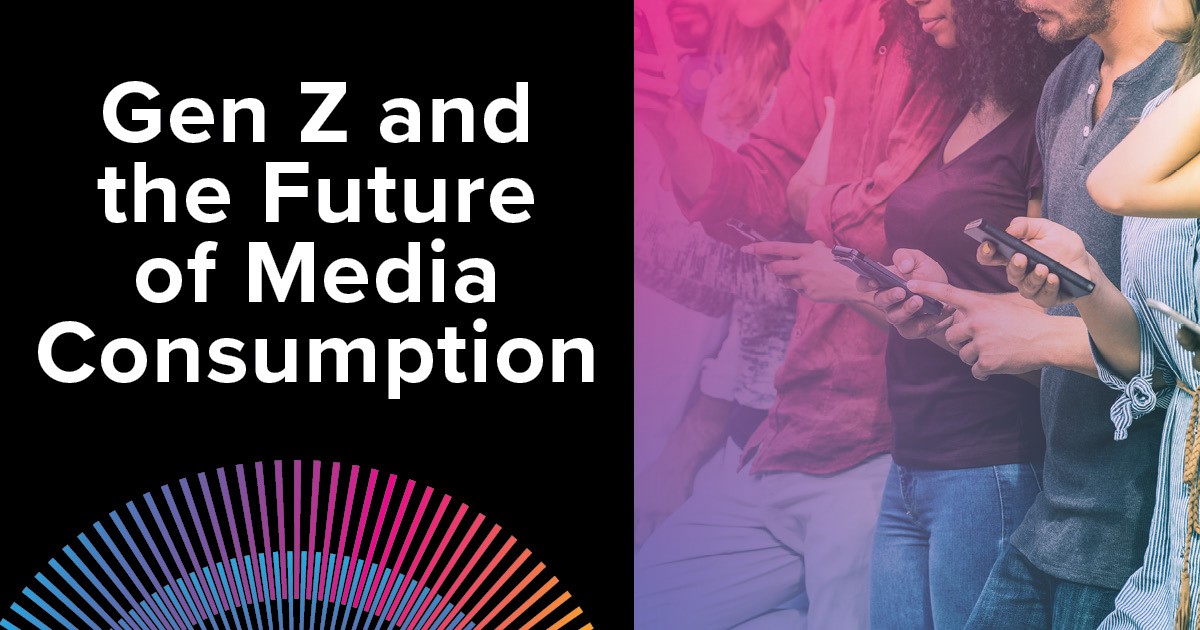
Pent-up demand for live “at the venue” experiences coupled with backlogged supply will create a tremendous hunger over the next few months — but content providers shouldn’t abandon virtual experiences now that new behaviors have been formed.
That’s the headline from a new study published by UTA IQ, the research, data and analytics division of Hollywood talent agent UTA.
The study, “Virtual + Reality: The Future of Digital & Live Entertainment in a Post-Pandemic World,” found that an overwhelming majority of respondents plan to return to some form of live entertainment once it’s safe at 96%. Specifically, three out of four consumers say they are most excited for sporting events, concerts and movie theaters.
Joe Kessler, global head of UTA IQ, said in a statement: “As real life re-emerges, consumers are roundly rejecting a binary choice between virtual and live entertainment. Much like hybrid work, consumers are demanding a best-of-both-worlds approach to their entertainment choices. Consumers are enthusiastic about returning to live experiences, but they also are unwilling to give up the enhanced virtual experiences that helped get them through the pandemic.”
Among the key findings of the report are that:
- One in three people say live events are more important to them post-pandemic.
- The same percentage are more inclined to go to “as many live events as possible.”
- Three quarters of people attended a virtual event during the pandemic, or 90% of Gen Zers.
- 88% of people who attended a virtual event will continue to do so when live events return.
Music performances were the top virtual events consumers participated in during the pandemic, and 75% of consumers who attended virtual music festivals amidst COVID-19 will continue watching those events.
“As real life re-emerges, consumers are roundly rejecting a binary choice between virtual and live entertainment. Much like hybrid work, consumers are demanding a best-of-both-worlds approach to their entertainment choices. Consumers are enthusiastic about returning to live experiences, but they also are unwilling to give up the enhanced virtual experiences that helped get them through the pandemic.”
— Joe Kessler, UTA IQ
Consumers’ top reasons to attend virtual events, even when it’s safe to return to “real” shows, are to avoid crowds; experience the event “comfortably”; go to an event that wouldn’t visit their region; spent less money; and explore an event they’re only casually interested in, in that order.
Commenting on the high percentage of Americans who say they’ll continue to attend events virtually, Kessler adds: “Those who see a zero-sum game are missing the ample opportunities ahead if you listen to consumers and their increasingly discerning expectations for both virtual and IRL entertainment.”
Community Crossover
UTA’s Global Co-Head of Music David Zedeck describes the role of livestreams post-COVID-19 as “virtual balconies,” noting at NY:LON Connect 2021 that they will be “ancillary to normal business, not to replace the business.”
The lasting role of virtual events is further reinforced by the live events industry investing in this space, from Live Nation acquiring livestreaming service Veeps and equipping venues with streaming capabilities to Warner Music partnering with and investing in virtual entertainment company Wave.
In-person live events have yet to enable real-time fan participation at scale — a benefit that consumers value from virtual events, per the report.
“Today’s fans are not satisfied being passive consumers, so it stands to reason that they want live experiences to involve them more and incorporate their perspectives,” says Kessler. “Virtual events should continue to prioritize and innovate around this desire, while organizers and promoters of in-person experiences should plan to account for greater fan involvement in order to meet consumers’ emerging expectations.”
The study is a follow-up to UTA’s study on COVID-19’s lasting impact on entertainment, which found that consumers demand that the digital world evolve to become more meaningful and truly connected in similar ways to in-person experiences.
READ MORE: Why We Just Can’t Get Enough Streamed Content (NAB Amplify)
Social Authenticity
The UTA reports are also supported by YouTube’s analysis of recent online culture and trends which places new expectations on talent/creators to engage with consumers/fans online in more purposeful authentic and relevant ways.
“During COVID-19, celebrities/influencers tended to share the more ordinary and authentic aspects of their lives, whether out of necessity or a desire to strike the right tone, the report states. This made fans feel more connected to them, and the shift to more relatable content ignited a greater sense of intimacy that they crave from modern celebrities.”
READ MORE: Speak the Language: Your Guide to Social Video Success (NAB Amplify)
Oscar-winning octogenarian actor Anthony Hopkins is a case in point. Over the past year, his total social media following grew by 80% “thanks to his focus on content that shows off his fun personality. He took the Internet by storm when he joined TikTok and posted a video doing the Toosie Slide challenge and has continued to resonate ever since.”
TikTok itself was the most downloaded app in all of 2020 and in Q1 of 2021. The nature of TikTok begs users to join in, whether by engaging in viral trends and challenges, taking part in crowdsourced content or using the platform’s “Duet” feature to build on other users’ videos.
“The platform’s undeniable cultural relevance has shifted consumer expectations, suggesting that the future of social media will likewise prioritize active participation to help users feel more connected,” per UTA. “As a result, creators and social media platforms should consider emphasizing calls-to-action and collaboration in order to seed participation.”





Discussion
Responses (1)